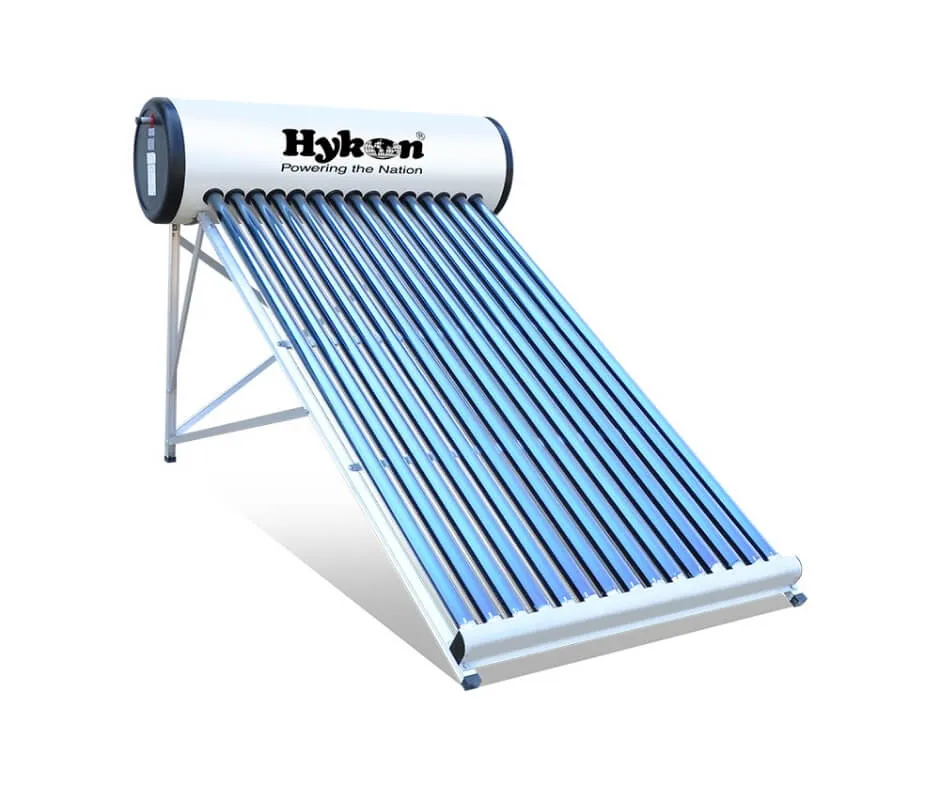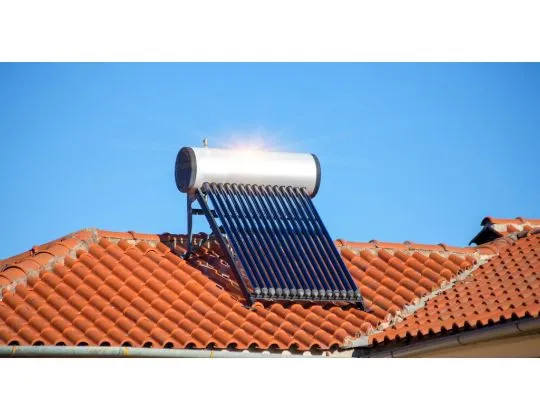overview
Solar water heaters are a sustainable and reliable way to heat water using renewable energy. They are easy to operate and require little maintenance, making them an excellent investment for both homeowners and businesses.
There are many benefits to using solar water heater system in Kannur, including energy savings, reduced carbon footprint, and long-term durability. There are many solar water heater companies in Kannur that offer top-quality products and installation services. Working with reputable companies like GEPS solar service will ensure reliable and efficient heating for your entire home.


